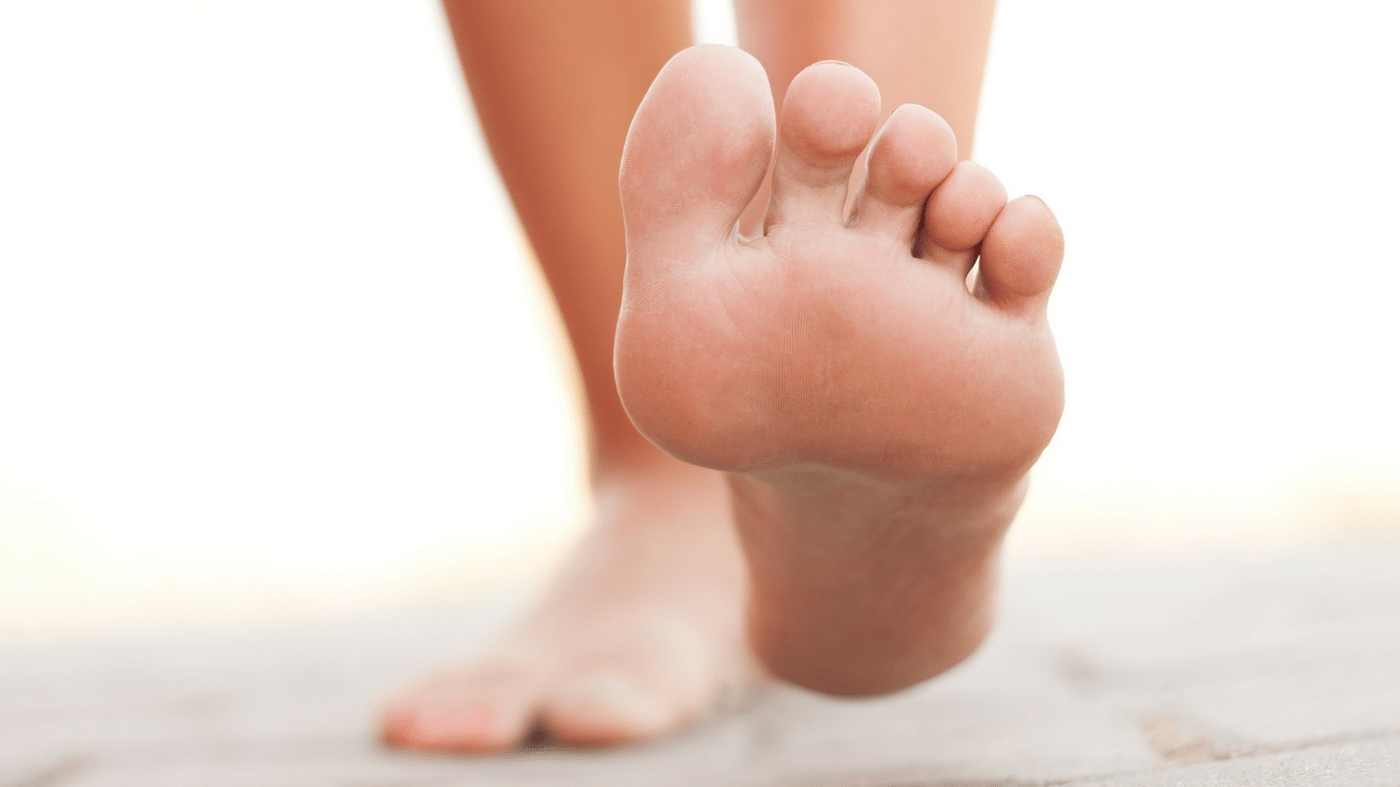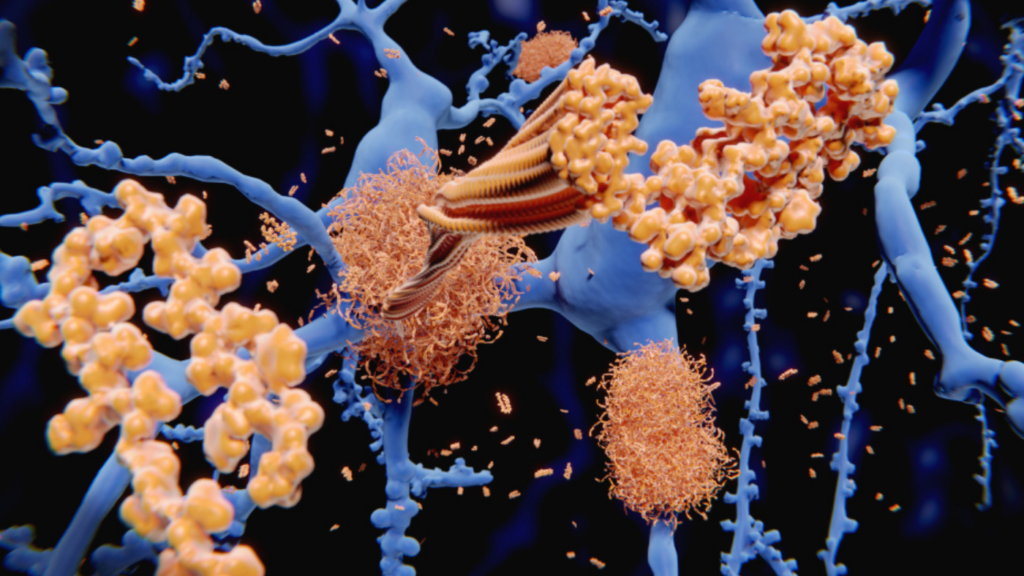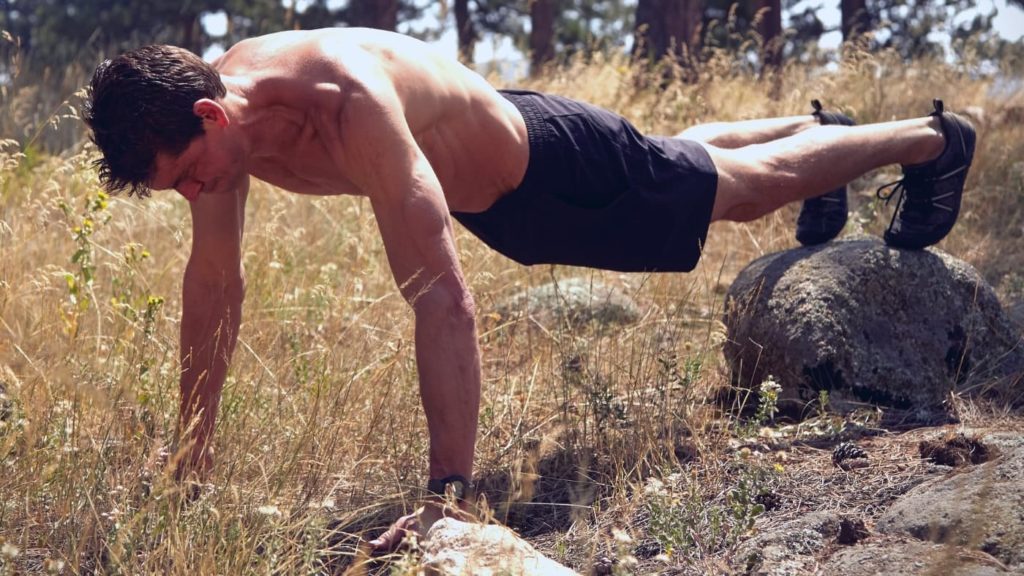February 29, 2016
Perhaps it's due to my passion for turning my desk into a calorie-decimating workstation…
…perhaps it's this nagging Achilles tweak I suffered while racing the World's Toughest Mudder…
…or perhaps it's due to my new interest in dictating books, e-mails and articles while I'm walking in the forest…
…but lately I've been a bit obsessed with human gait, walking barefoot vs. walking in shoes and ways that you can make your foot stronger without necessarily bounding about the hills like a Taramuhara Indian straight out of the “Born To Run” book, and in this article, you're going to learn exactly what something called “interval walking” is, how to do it, and why it can make your feet stronger, your balance better, and even eliminate nagging issues like plantar fasciitis or Achilles tendonitis.
————————
What Is Interval Walking?
Let's start here: you may remember Karl Muller, the innovative Swiss entrepreneur who I first interviewed in the podcast episode “Standing Desks, Memory Foam & The Science Of Walking Barefoot In Shoes.” He's the same guy who designed the special spage-agey foam “kyBounder mats“, mats that are patterned after soft, springy Korean rice paddy fields, and mats that are spread about my office and home for use as a standing foot strengthening and balance devices.
Anytime I interview someone on a podcast, I don't just sit there, listen, record and press publish. Instead, I actually guinea-pig, self-experiment and try for myself the recommendations or tips given by my interviewee. So after interviewing Karl, I was scrolling through this free .pdf his team sent me entitled “The Latest Knowledge On The Biomechanics Of Human Gait” and I came across the concept of interval walking.
Ever heard of it? I hadn't. But below is a quick video of what interval walking looks like.
If you're a hardcore runner, please don't laugh as you watch. Don't knock it until you've tried it and until you've read through my description below about why this quick trick actually makes your feet bulletproof and can help tremendously with foot and ankle injuries.
OK, what you just watched was basically the two separate phases of interval walking: an “intensive” phase, which is slow and balanced, and a “regenerative” phase, which is fast and vigorous.
In the intensive phase of interval walking, minor muscle impulses pass through the body and relax your musculature. Any tension in your feet and ankles is reduced. Next, in the regenerative phase of interval walking, your core muscles, blood flow and lungs become more active, and coordination and joint awareness increases. Altering between theses two phases forces your brain to correct bad gait posture and activate the tiny muscles in your feet and ankles. And it's a heckuva lot more interesting and therapeutic compared to just…jogging.
Furthermore, studies like this show that humans do not generally walk at constant speed, except perhaps when we are on a treadmill. Normal walking actually involves starting, stopping and changing speeds. When exercise scientists measure the metabolic energy cost of walking when changing speed, alternating between walking slower and faster, the metabolic rate for this type of “oscillating-speed walking” is significantly higher than that for constant-speed walking. We're talking a 6-20% increase in calorie burn and metabolic rate when speed is consistently “changed up” during locomotion! So there are some pretty significant fat loss implications too (this German article sums it up with the somewhat odd but meaningful headline “Tempo change makes going to the calorie killer“).
————————-
How To Do Interval Walking
To do an interval walking workout, you simply alternate from slow, intensive interval to fast, regenerative interval a few times through. In the afternoons, I've been going on 10-30 minute interval walks in the snow wearing my waterproofed kyBun boots and alternating from slow and fast every two minutes.
Here's a comparison of the intensive, slow interval phase and the regenerative, fast interval phase:
| Slow interval (balancing) | Fast interval (jog trot) | |
|---|---|---|
| Execution | – concentrate while walking very slowly
– maintain an upright posture (keep your gaze forward and do not look at the floor/ground) – roll over your heel – allow your arms to hang loose at your sides and (passively) swing slightly – flex your abdominal and gluteal muscles |
– keep your feet and toes relaxed and don’t tense up
– make only brief contact with the ground/floor (airborne phase) – rotate your ribcage vigorously |
| Pay attention to the following: | – lift your toes
– keep knee extended when your foot comes down – stand as long as possible on one leg, and with each step, roll over from the heel to the big toe – if the extension is too great (causing pain during the rollover motion): –> shorten steps –> keep feet flatter when they are in contact with the ground and do not push off as hard with the big toe |
– set your feet down flat and do not roll over the entire foot
– position lower arms at 60-90° to upper arms and actively animate and emphasise movements |
| Variations | – balance while walking backwards, and when you have begun to feel confident, close your eyes while balancing | – to relax your shoulder and neck musculature while jogging, let your arms dangle |
Below are a couple more videos to help you out. The first is the slow phase, and the second is the fast phase:
The subject in the videos above is wearing kyBun shoes, a special type of shoe Karl developed out of the same spongy material he makes the kyBounder mat from, but you can also try this barefoot on any soft surface, or by wearing your existing shoes, so long as you are doing the interval walking on some kind of soft or elastic surface. Doing interval walking on a hard surface leads to poor weight distribution and passive positions, but when you are standing or walking on soft, elastic material, you're forced to consciously balance your body weight at all times.
And of course, interval walking can be combined with anything else you might be doing to make your feet stronger, such as golf ball rolling the bottom of your foot, doing ankle mobility exercises like ankle circles or ankle flexion and extension, foam rolling, deep tissue massage, etc. When you really get this motion down correctly, you'll notice better coordination and sensorimotor ability (perception of where your joints are at in space), a more optimized gait pattern, avoidance of incorrect loading of the foot, ankles, hips and knees, better activation of the core musculature during gait, and increased movement precision, economy and efficiency.
Interval walking also works quite well if you want to start exercising or running again after a long break from exercise and training, but don't have the fitness or joint readiness to go pound the pavement.
Finally, if you don't have a large space to train or a treadmill, and you still want to throw in a few interval walking sessions at your office or in your home, you can do “micro-interval walking”, like this:
The micro-interval technique is ideal for down times in the office when you want to quickly activate or relax tense muscles in your core or lower extremities. As you can see in the video above, it basically involves jogging on the spot for a few steps, then taking three slow steps forward, concentrating on upright posture and an even rollover over the heel. After three steps, you jog a few steps more on the spot, then take three steps backward, concentrating on a clean rollover over the front of the foot. Continue this motion until you feel the tension subside in your feet, core and lower legs.
——————————-
Summary
So that's it.
Go ahead and give a try.
C'mon. There, stand up, jog in place, then take three slow steps forward heel-to-toe, jog in place again, then three steps back, toe-to-heel. Kinda cool, huh?
If you are still trying to wrap your head around why a soft surface can be just as good at strengthening the feet and fixing your body and posture as, say, the latest fad of “running barefoot through the forest”, then listen to the podcast episode “Standing Desks, Memory Foam & The Science Of Walking Barefoot In Shoes“.
And in the meantime, leave your questions, comments, feedback, and personal experience with this technique below. You may also enjoy this free .pdf from Karl Mueller's team: “The Latest Knowledge On The Biomechanics Of Human Gait”














Hey Ben! Great read… What about grass or even turf in a gym or equivalent for barefoot. Also Available to me would be all-weather track surface? Not sure if you implied this already but my pre-existing shoes have good cushioning would that be ok to run on a hard surface with (asphalt)?
Hi Ben – Love your podcasts. Why does this method emphasize heal striking? Is this teaching our body an incorrect way to strike during a walk or run? Thank you
A natural gait that uses the body in its physiological way includes the heel. The gait cycle shows how a natural gait works and which parts of the body are involved. Hard concrete ground and stiff inflexible shoes restrain this natural gait or make this gait painful in the long term. That’s why most of the people nowadays don’t walk “naturally”. In the kyBoot you get immediately back to this natural gait. The interval walking even supports this development and accelerates it.
Hello Ben,
Thank you for being the one to cover various subjects that can apply to ALL (in some way, form, or fashion). I was very intrigued to read this article because I’m having (always) some discomfort with my knees and lower back. I believe it is mainly because I do not have an arch in my feet, so I compensate by walking on the outer portion of the foot. I’m having difficulty finding shoes to support my arch. Especially a shoe for fitness training. Again I thank you. I’ve learned so much from your podcast and the oil of oregano remedy gets an A+!